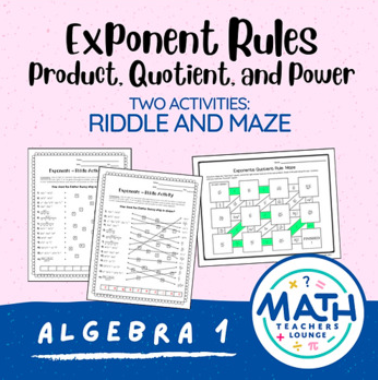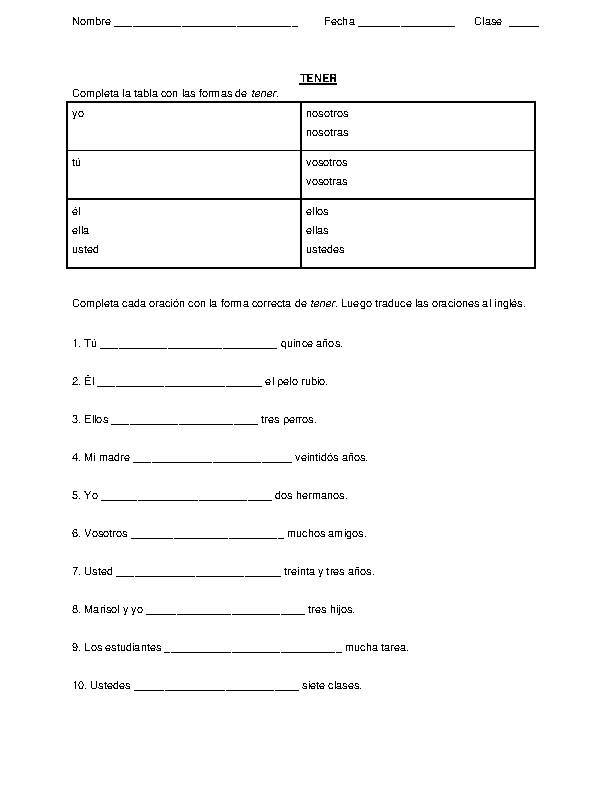In the United States, all children with a classified disability are legally guaranteed free and appropriate public education, also known as FAPE.
In the United States, all children with a classified disability are legally guaranteed free and appropriate public education, also known as FAPE.
This legal doctrine is outlined in the Rehabilitation Act of 1973 and the Individuals with Disabilities Education Act (IDEA). At its core, FAPE ensures that all children receive a well-rounded education, particularly those with specific disabilities or educational issues.
FAPE is a complicated legal framework that requires a solid understanding of its limitations to grasp how it works and who it’s for fully. So to help with this, the following article will discuss what FAPE is, look at its core components, and outline what is and isn’t covered in the FAPE framework.


FAPE is an acronym for Free Appropriate Public Education, and it’s a legal framework enshrined in federal law (specifically 34 CFR 300.101). It outlines that all children in the USA aged between 3 and 21 – including those with disabilities – have a right to receive free, appropriate education from a public educational institution.
The provisions established through FAPE are important for all children, particularly those with disabilities, as it ensures they receive a fair, proper education regardless of any pre-existing conditions that make general education more difficult. It’s a significant piece of legislation for a few different reasons, such as:
So to reiterate the point, FAPE is a core component of special education in the USA. It ensures that all children receive a free, appropriate education with any potential disability in mind. If they are denied an education, the parents can advocate for ensuring the school provides suitable accommodations and education for their child.
FAPE is broken down into four main components, which help outline the framework’s purpose and how it’s used in real-world situations. Below is a summary of the main components of FAPE:
All students in the USA are entitled to free education, including students with disabilities. In cases where students have a disability requiring accommodations, they have the right to receive special education and other adjustments without cost.
The public educational institution is accountable for any fees or charges associated with providing these services, which ensures that students’ families don’t have to pay. The only time a parent should pay for things tied to education would be extracurricular activities, such as after-school clubs or sporting organizations.
For education to be fair, all students must receive an appropriate education. In some cases, this means adopting an Individualized Education Program to ensure the education provided is appropriate for the student. It’s also important that the education students receive aligns with the rigorous standards established by the educational agency for their given state.
The notion of an appropriate education for students means that the curriculum must provide the following:
Guidelines established by the U.S Department of Education outline that special education should happen in either:
There are also guidelines for supplementary and supporting services, which includes:
Under federal law, FAPE expects a student’s education to address their specific needs, especially if they have a disability. This is why IEPs are so useful; they ensure tailored learning for students who need it most. Education is deemed appropriate when the following standards are met:
The next component of FAPE is public – which denotes that the education must stem from a public educational institution. This again means relying on IEPs to facilitate education from a public school environment, bringing together recommendations from teachers, educational specialists, parents, and support workers who understand the specific needs of their students. In some cases, the government might step in to support children with disabilities by providing them with a place in a private school.
The final component of FAPE is education, which outlines that all children have a legal right to an education if they’re in the USA. This also covers special education and any supplementary support services. These must be provided at no cost to the family and include transportation or specialized learning resources.
Although the scope of FAPE is quite comprehensive, it doesn’t cover all scenarios. Below are a few examples of where FAPE doesn’t cover students:
At its core, FAPE ensures schools provide an appropriate education for all students. It doesn’t necessarily mean all students receive a tailored education. It falls on the teams creating IEPs to determine the best approach to address a student’s needs. It also means that although all students receive a fair and appropriate education, students with disabilities shouldn’t receive preferential treatment.